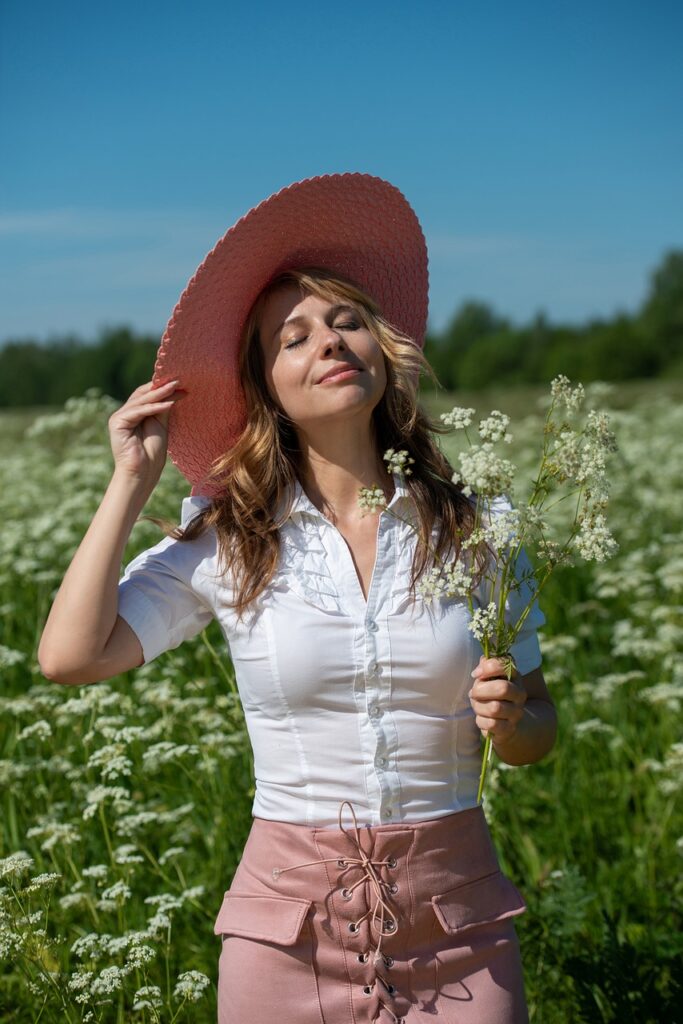
-
Diffuse your light and sun exposure whenever possible:
- Diffusing light and sun exposure reduces the amount of direct sunlight that hits your skin. You can do this by sitting under a tree or an umbrella, or by wearing a hat or a visor.
-
Block and Screens with effective SPF, Visible light, LED, and Infrared Light protection:
- Ultimately sunscreen to protect your skin from harmful UV rays. The FDA has approved 17 agents for use in sunscreens that will provide SPF. Some are organic or the chemical sunscreens which absorb the UV before it strikes and others are the inorganic literally forming a physical barrier that also works by being strongly reflective. Many products have a bit of both. You can read an entire review the UVA and UVB at the Skin Cancer Foundation.
- Keep in mind that there is no known UVA rating for protection, so all SPF grading systems are for UVB. The ratings are for “amount of time, relatively, it takes you to burn.” So if you normally burn in 10 minutes and you are wearing SPF 30, you should be able to stay in the sun for 300 minutes before you burn. However, this doesn’t mean that you haven’t absorbed a lot of heat during that time, nor that the product has stayed on that long, nor does it really mean that you really took that long to burn in the first place. Nor does an alarm sound when you have incomplete or inconsistent application, are at altitude, or exposed to conditions like wind, or taking medication that can compound the effects of the sun. Nor do these figures correct for age or ethnicity, that’s basically up to us, so these products have a lot to be desired in their labeling.
-
Brace your skin against free radical damage:
- You are extra protected if day in and day out you stick to this piece of advice. Free radicals are unstable molecules that can damage your skin cells and cause premature aging. To protect your skin against free radical damage, use products that contain antioxidants such as vitamin C, vitamin E, and green tea extract. These ingredients can help neutralize free radicals and protect your skin from oxidative stress.
-
How to Best Guard Against Light Exposure:
- In addition to using sunscreen and products with antioxidants, you can also protect your skin by wearing protective clothing, hats, and proper eye wear. Look for clothing that has a UPF (Ultraviolet Protection Factor) rating, which indicates how much UV radiation can penetrate the fabric. A UPF rating of 50+ is considered excellent protection. You can also wear sunglasses that block 100% of UVA and UVB rays to protect your eyes and the delicate skin around them.
-
Concerns and Environmental Working Group Report:
- In a report by the Environmental Working Group raised concerns about the effectiveness and safety of popular sunscreens. Three out of five brand-name products provide insufficient protection against sun damage, contain hazardous chemicals, or both. This revelation sparked a call for improved sunscreen formulations and greater transparency in labeling.
-
Conclusion
- Understanding sunscreen goes beyond just choosing a high SPF. It involves comprehending the complexities of UV protection. Being aware of the limitations of SPF ratings, and staying informed about product safety. By adopting a holistic approach to sun safety, including regular application, protective measures, and informed decision-making, you can better shield your skin from the sun’s harmful effects.
Remember, these tips are not a substitute for medical evaluation or treatment. . We at Hada would be happy to evaluate your skin and help you select sun protection and reverse sun damage. Stay safe in the sun! ☀️

